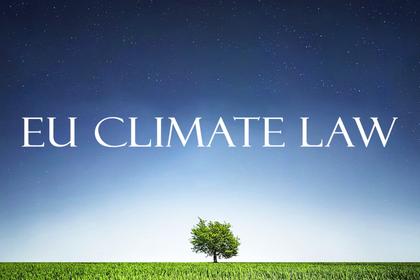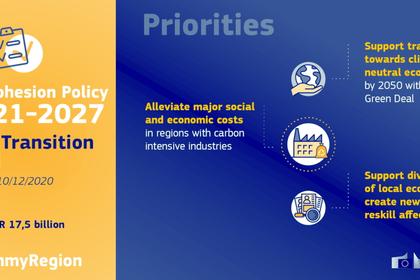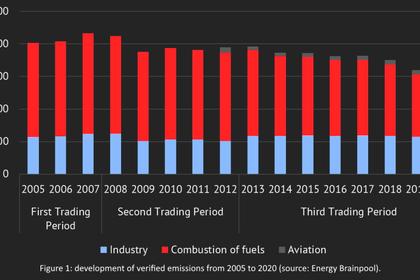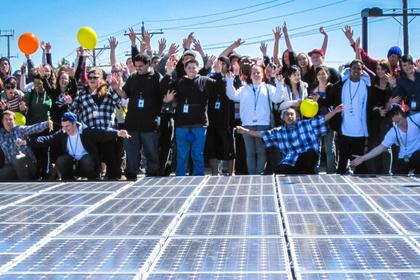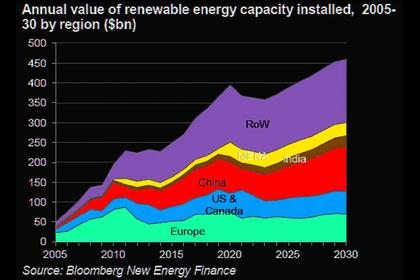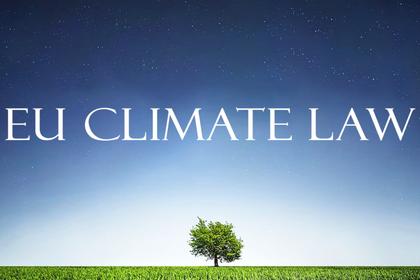
EUROPE CLIMATE RULES
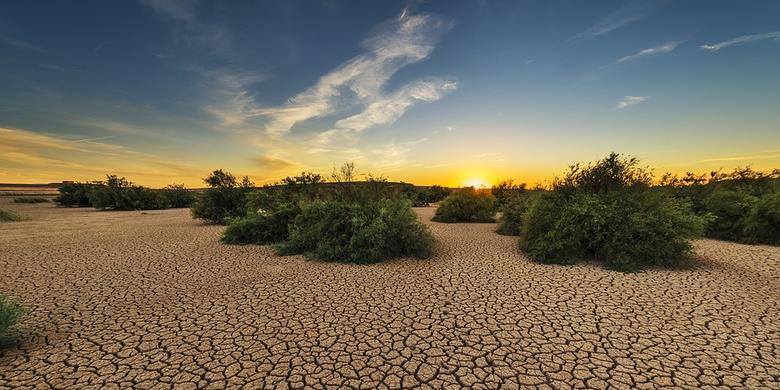
PLATTS - 07 Jul 2021 - The European Commission's planned July 14 announcement of a proposal for its Carbon Border Adjustment Mechanism is set to direct future trends in steel and aluminum sectors, which account for 8% and 2% of global carbon emissions, respectively.
According to draft proposals seen by market sources, the CBAM will replace the current system of free carbon allowances for metals sectors, and tighten allowances in the European Emissions Trading System generally, a bone of contention for some.
The mechanism, or tax, is expected to be fine-tuned before introduction in 2023 on imports into the EU of metals, electricity, cement and fertilizers.
While some call the initiative ambitious, the mechanism will certainly push up prices of both carbon and decarbonized metals.
"We expect some big announcements, given that the EU agreed in April-21 to cut the bloc's emissions by 55% of 1990-levels by 2030, and that its economy's arguably not yet able to achieve this ambitious goal," Tom Price, analyst with merchant bank Liberum, said in a July 6 note, referring to the EC's so-called Fit for 55 package.
The biggest changes will relate to the Emissions Trading System, "the EU's primary agent of industrial change", the analyst said. Carbon prices are up 260% since March 2020, to a record Eur58/mt but there is "much more upside," according to Liberum, forecasting a Eur80/mt price by 2025. This increase will be a result of rising coal and gas prices, ETS allowance constraints and speculative positioning ahead of market restructuring.
"Operating since 2005, the EU ETS is now proactively testing the EU industry's sensitivity to higher prices," Price said. A 55% cut in carbon emissions needs a much higher carbon price and even more emitters to be regulated, following the recent inclusion of shipping, housing and transport in the list, he said.
Europe's steelmakers, wishing to protect the value of their investments in EU steel decarbonization, tend to favor the idea of CBAM as a pathway to achieving Paris Agreement goals and to keep out steel produced in jurisdictions with less stringent environmental legislation.
EU steelmakers have calculated that to be "Fit for 55" by 2030, and achieve net-zero carbon production by 2050, they may need to invest as much as Eur144 billion, including in breakthrough technologies which could increase steel production costs and prices by between 35% and 100% above current levels. Some aluminum makers, meanwhile, do not believe the tax will halt carbon leakage and fear the global nature of their traditional supply chains may be comprised.
Steel - looking forward
"The Fit for 55 package is one of the most significant - and largest - groups of measures the EU has ever released in one go," said a spokesman for European Steelmakers' Association Eurofer. "It will completely revise the basis of EU climate policy in attempt to bring it into line with the EU's political ambition to reduce emissions by 55% compared to 1990 levels. So there is a lot to look forward to, with potential opportunities and challenges across many of the dossiers."
Steel prices worldwide recently hit record highs on supply tightness amid a stimulus-led market recovery from the impact of coronavirus pandemic. Consumers fear CBAM will bring more volatility. Distributors' and importers' association Euranimi's executive board member Christophe Lagrange in the week starting July 4 labeled the CBAM "an ecological excuse for what in reality will become another common import tax, in the same line as anti-dumping duties," and advocates a producer by producer approach.
Many producers, including in third world countries, have already bought and installed the most modern technology in the interest of sustainability, Brussels-based Lagrange argued.
"We believe that a system based on individual incentives/penalties would be much more effective to promote individual investments in more sustainable production than to create yet another general 'green import tax' on steel and aluminum."
Fernando Espada, managing director of Layde Steel, a service center and distributor subsidiary of Tata Steel, Europe's second-largest steelmaker, said CBAM's principle should be to "help implement new, more ecological technology, not give privileges to some players against others based on location or local influence...... we believe that the targets of CO2 reduction should be in line with available technologies, which sometimes looks very difficult to be achieved. Price of CO2 rights (ETS) should be monitored by the authorities and align with the objective of reductions, not on financial returns."
Aluminum: carbon measurement snags
Gerd Gotz, director general of European Aluminium, a producers' group, admitted July 5 that extending carbon pricing beyond Europe by obliging product carbon content declaration could have beneficial effects on the climate and industrial competitiveness.
However, the electro-intensive nature of aluminum, with significant exposure to indirect emissions from electricity production, complicates measurements. "Today there is no method that can verify aluminum's actual carbon content in complex products from more than one plant and different countries," partly due to the lack of transparency of electricity sourcing in third countries, Gotz wrote in an article published on Euractiv, a media website.
If the CBAM does not cover the entire value chain, there will always be carbon leakage, he claimed.
"CBAM could lead to additional costs for European producers of semi-finished aluminum products, sourcing primary aluminum from outside the EU, of more than 5% of the total value of products ranging from window frames to car parts."
Even before the CBAM initial announcement, London Metal Exchange cash aluminum prices stood at more than a three-year high of $2,487/mt July 7.
-----
Earlier:
